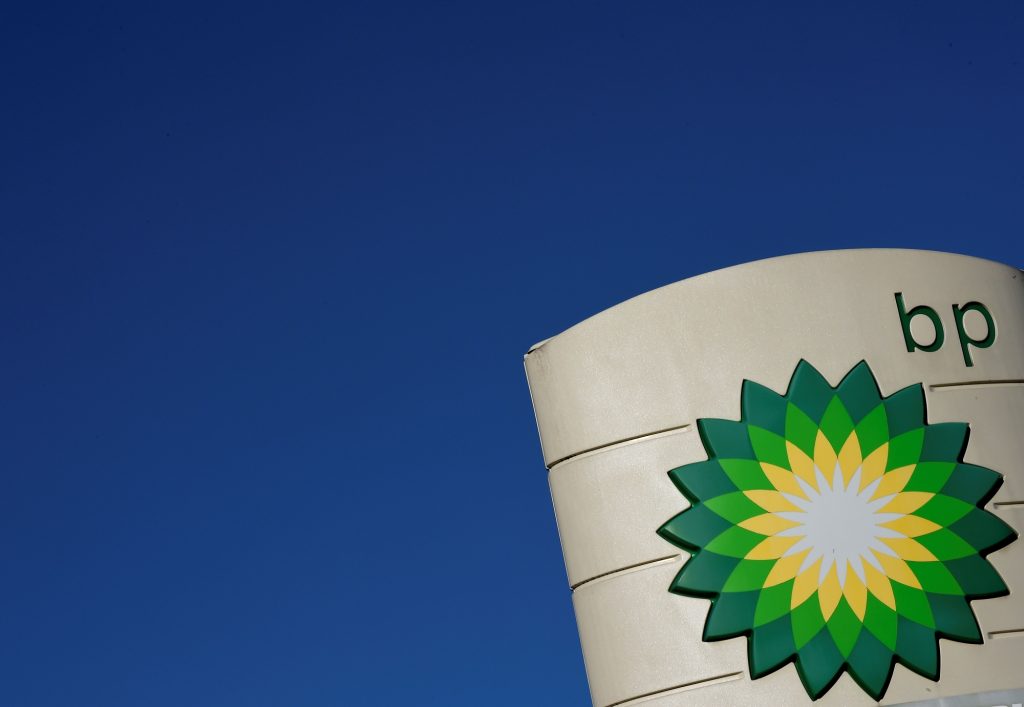BP has a new AI tool for drilling into data – and it’s fueling smarter decisions
Deep inside the Earth, miles down in many cases, rock-sealed pockets hold buried treasures.
These hydrocarbon reservoirs are packed with organic compounds that make the world go ‘round. When the contents are extracted and refined, the resulting oil and gas help light cities, transport people and run industries.
For some engineers at BP, Job One is locating the reservoirs. Job Two is accurately predicting what percentage of hydrocarbons are retrievable, also known as “recovery factor.”
Traditionally, that task has been iterative, resource-heavy and can have an element of human bias. Data scientists, tapping their own expertise and experiences, may try six or seven different algorithms as they work to dial in the best prediction model. This can take weeks.
But by using Azure Machine Learning service, BP is working to reduce the time needed to pinpoint prediction models while also boosting the productivity of its data scientists. Automated machine learning empowers customers to identify an end-to-end, machine-learning pipeline for any problem.
Transform recently caught up with Manish Naik, BP’s principal for digital innovation, at his London office to learn more about the company’s new method for drilling down into its data.
TRANSFORM: What is the value that BP gains by improving its recovery factor forecasts?
MANISH NAIK: This prediction of recovery factor from underlying data is a crucial activity – the basis of key decisions made by the company that are potentially worth billions of dollars. This data is vast and complex, involving hundreds of geological properties or features.
To complement the current ways of prediction, which tend to have some qualitative input, we decided to explore machine learning to see if we can improve prediction. We sought to answer these questions: Can we improve the quality of the prediction? Can we eliminate some of the human bias?

TRANSFORM: How do your data scientists use automated machine learning?
NAIK: They give it broad direction. With one line of code, it runs through different algorithms within the prediction family and the different parameter (or variable) combos that previously were manually tested by the scientists. The power of the cloud comes in here. The results are comparable to what the data scientists produced.
TRANSFORM: One line of code, wow. How much time does this save them?
NAIK: Depending on the amount of data, type of activity – such as the prediction or classification – and algorithm family, automated machine learning could potentially reduce the effort down from weeks to days or days to hours.
TRANSFORM: How often is the prediction model that BP developed for recovery factor now used across the company?
NAIK: This model is in production and used by hundreds of subject matter experts globally in BP on a daily basis.
TRANSFORM: As automated machine learning becomes a core tool for BP’s data scientists, what are the larger, potential benefits for the company?
NAIK: It will make data scientists more productive, which means faster time to market for machine-learning (ML) projects
And as data scientists continue to use more and more of automated machine learning, they will develop trust in the output it provides. That can become a starting point for the work of our data scientists. In the future, this will form a part of a robust benchmarking process for all ML projects, thus improving quality.
TRANSFORM: More broadly, in what ways do you foresee Artificial Intelligence (AI) and the cloud further reshaping the oil and gas industry?
NAIK: Oil and gas companies across the value chain – from exploration to retail – generate significant amounts of data. This means there are lots of opportunities to exploit this data using AI, ML and cloud technologies.
In broad terms, there is significant potential for these technologies to help improve the efficiency of our operations and help us make better, more accurate and informed decisions.
Top photo: The logo of BP plc is seen at a BP petrol station in Liverpool on February 7, 2018. (Paul Ellis/AFP/Getty Images)









